SUMMARY
This is AI generated summarization, which may have errors. For context, always refer to the full article.
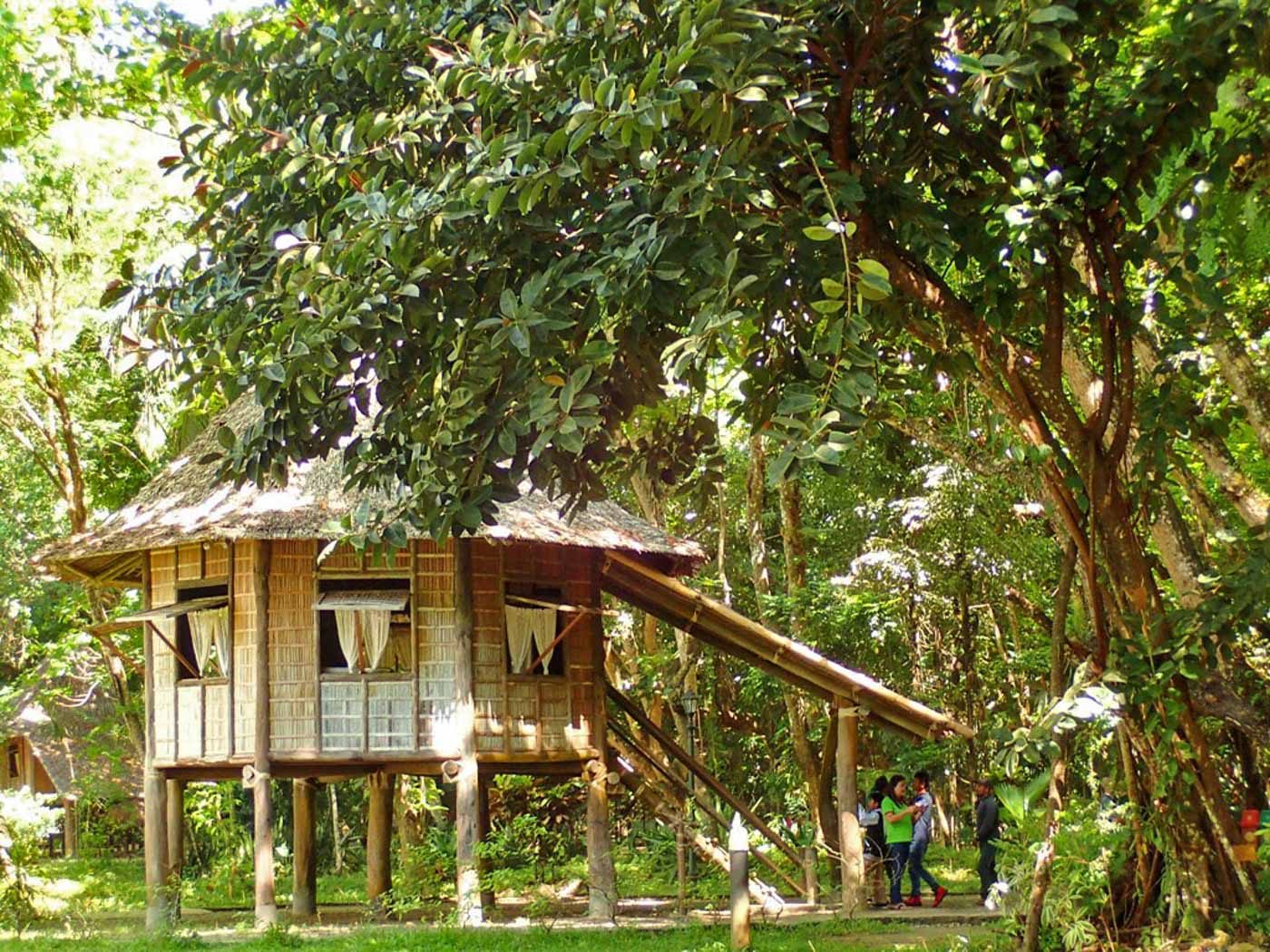
“Beside a spacious beach of fine and delicate sand
and at the foot of a mountain greener than a leaf,
I planted my humble hut beneath a pleasant orchard,
seeking in the still serenity of the woods
repose to my intellect and silence to my grief.”
So thus began “Mi Retiro” (My Retreat), one of the poems Jose Rizal wrote during his exile in Dapitan, Zamboanga del Norte.
The national hero’s 4 years in Dapitan may indeed be likened to a retreat, as he lived majority of them in his seaside property with nipa huts, fruit trees, a farm, and a rustling brook. From July 1892-1896 he had a quiet life farming, teaching students, treating patients, writing, making art, doing business, and designing engineering feats like a water system for the town, among others.
Even as Rizal left Dapitan, his presence and his contributions there remain palpable, and to explore the town today is not just about getting information on his life there, but also about experiencing it.
When you tour Dapitan, you can have your own retreat too, as you breathe in the sea breeze and relax at the hero’s home surrounded by greenery, among other places where his presence lingers.
Below are spots you can visit in Dapitan to get a feel of Rizal’s retreat:
Rizal Park and Shrine
This is Rizal’s idyllic home described in his poem. He was able to buy the land from part of his lottery winnings and built his house, a school and dorm for his students, a clinic, a farm, and a water system for the property.
Today, the shrine’s two hectares have been developed with replicas of the structures Rizal built, and a museum about his life and accomplishments in Dapitan.
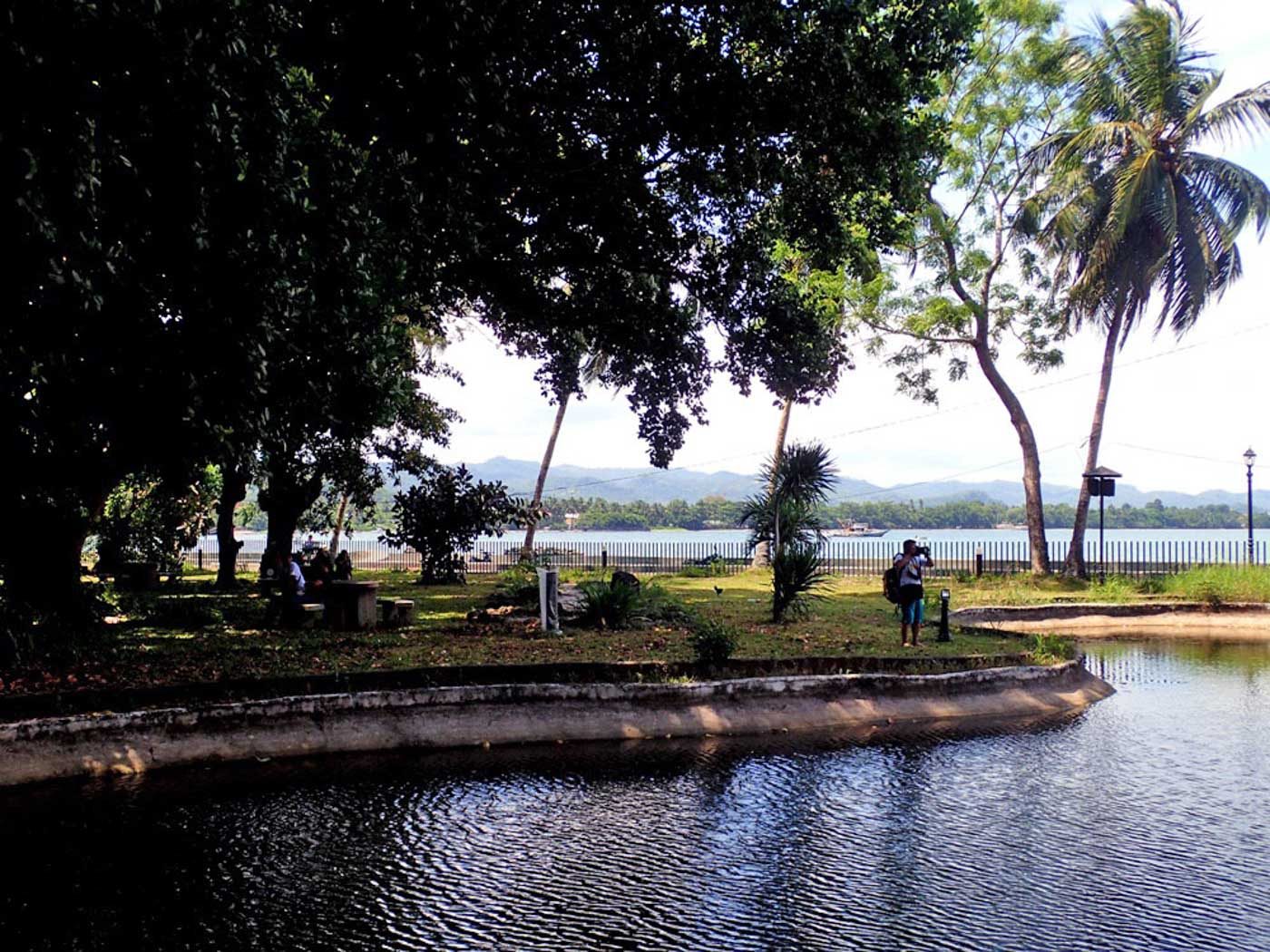
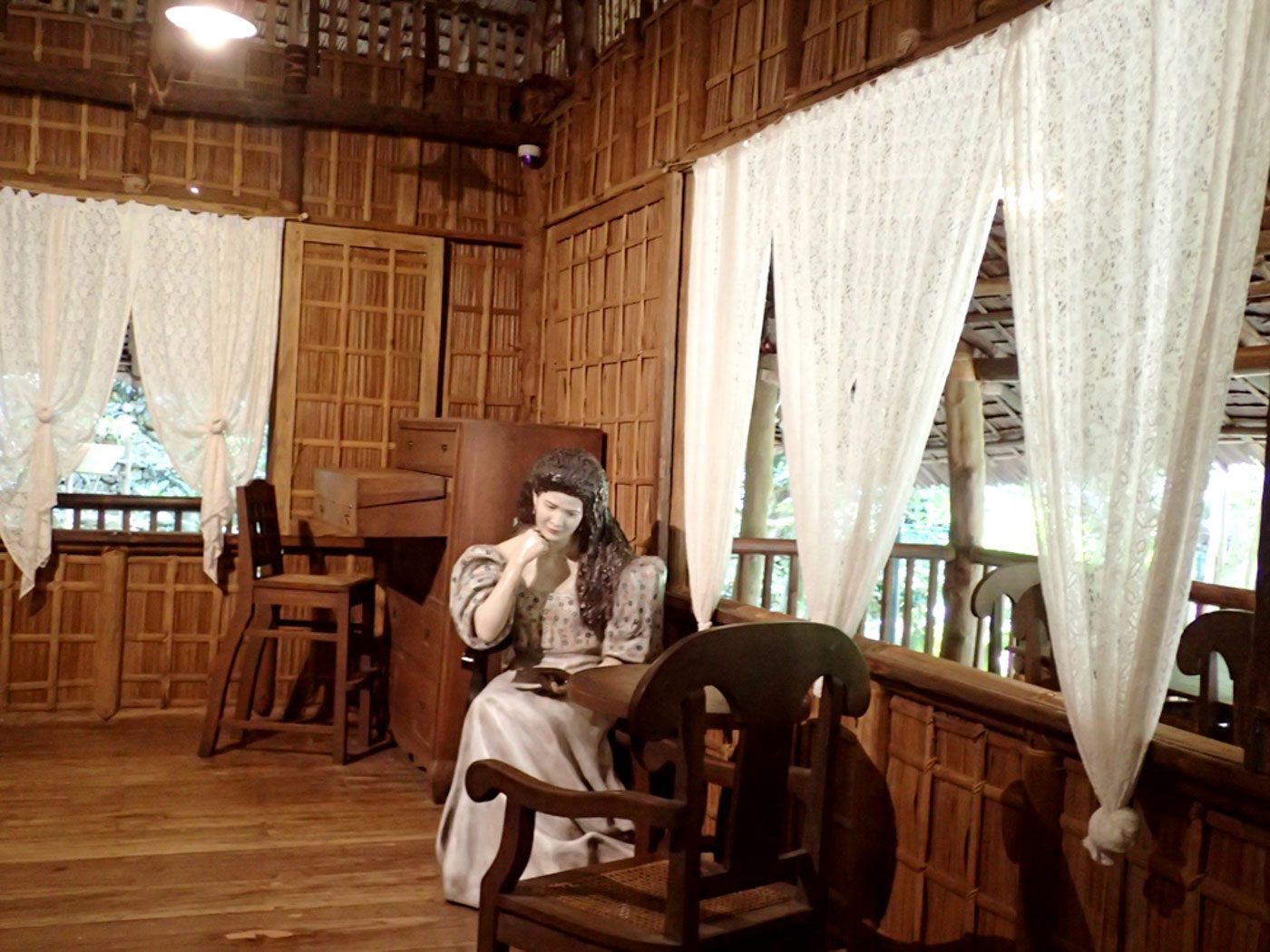
If there is only one Rizal spot you have time to visit in Dapitan, this is it.
Explore each hut and see where the hero ate, slept, taught, and treated patients.
Sit at the workshop where his students practice carpentry to get a feel of being his student, too. Enter the museum to see memorabilia like his clothes, the blackboard he uses to teach students, and his medical tools.
Walk under the fruit trees around the area, especially the ancient baluno tree that has been there even before Rizal built his home. Climb the stairway to the rock where the hero wrote “Mi Retiro” and where he exchanged commitment vows with Josephine Bracken because they could not be married under the Catholic Church.
Later, stand beside the bench where Katipunan member Pio Valenzuela confided to Rizal about their planned armed revolution and the group’s offer to help Rizal flee Dapitan. Then walk along the seawall and take in the horizon of Dapitan Bay, where Rizal rode a steamer back to Manila at the end of his exile, and onward to volunteer as a military doctor in Cuba.
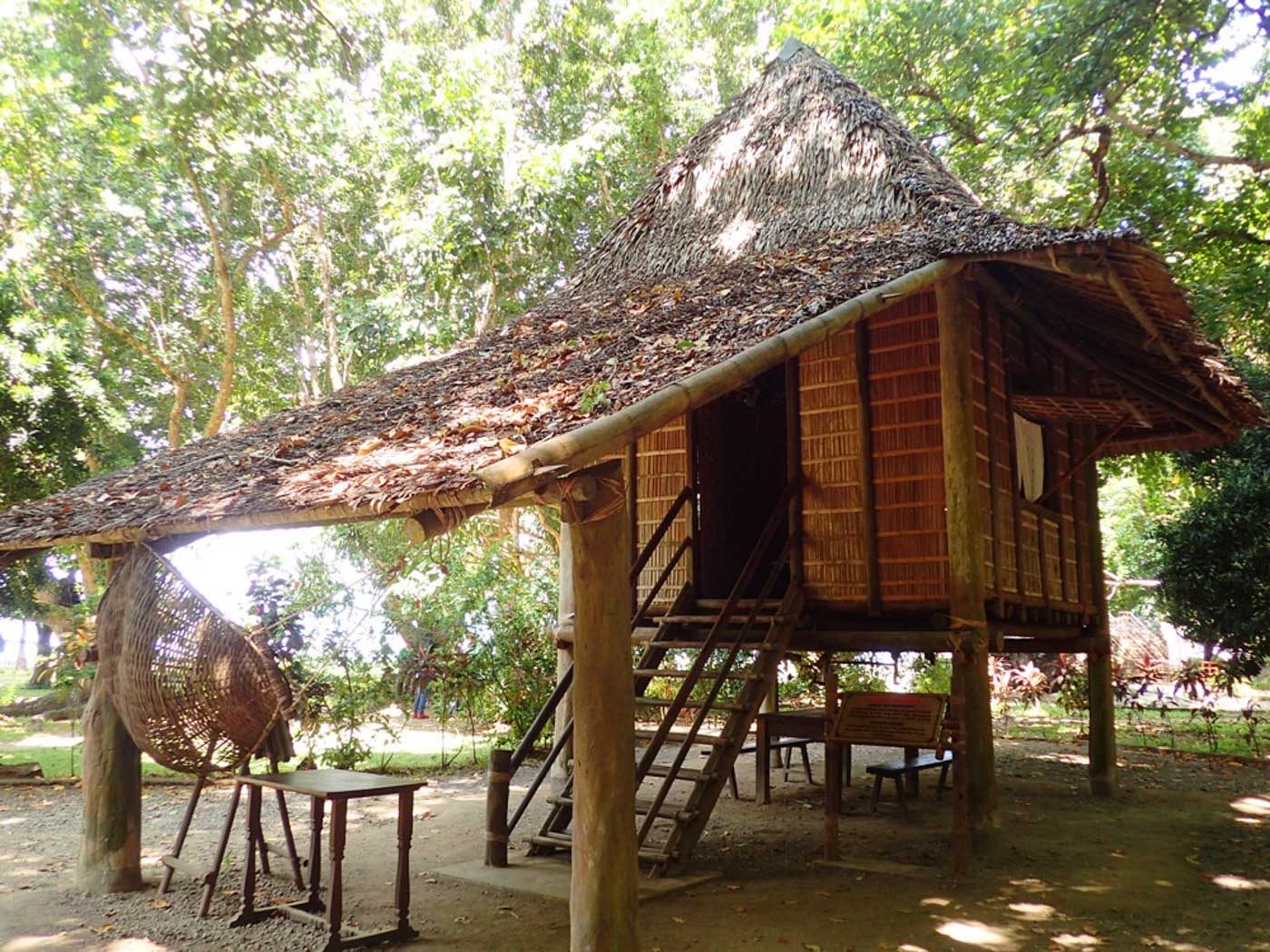
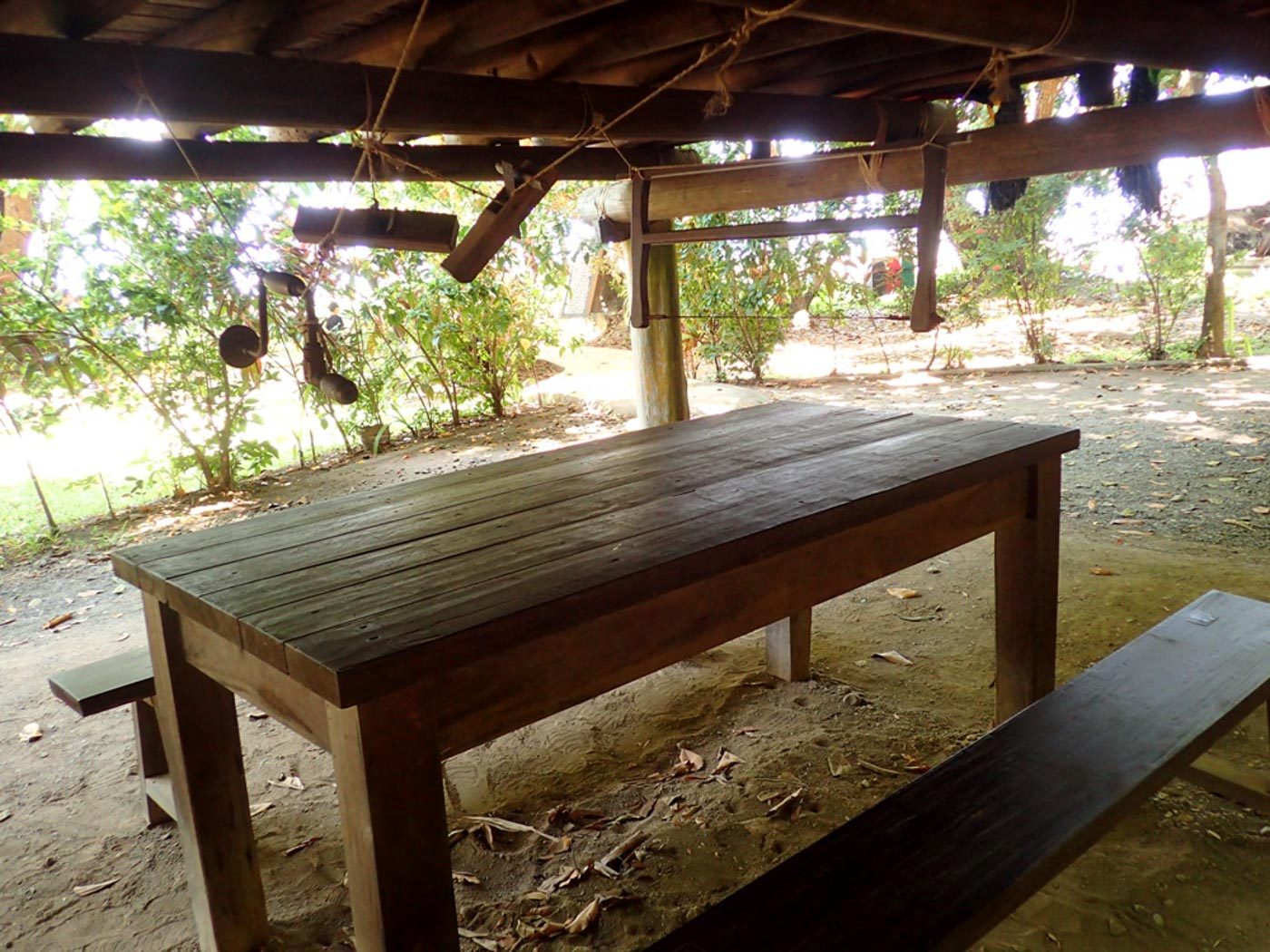
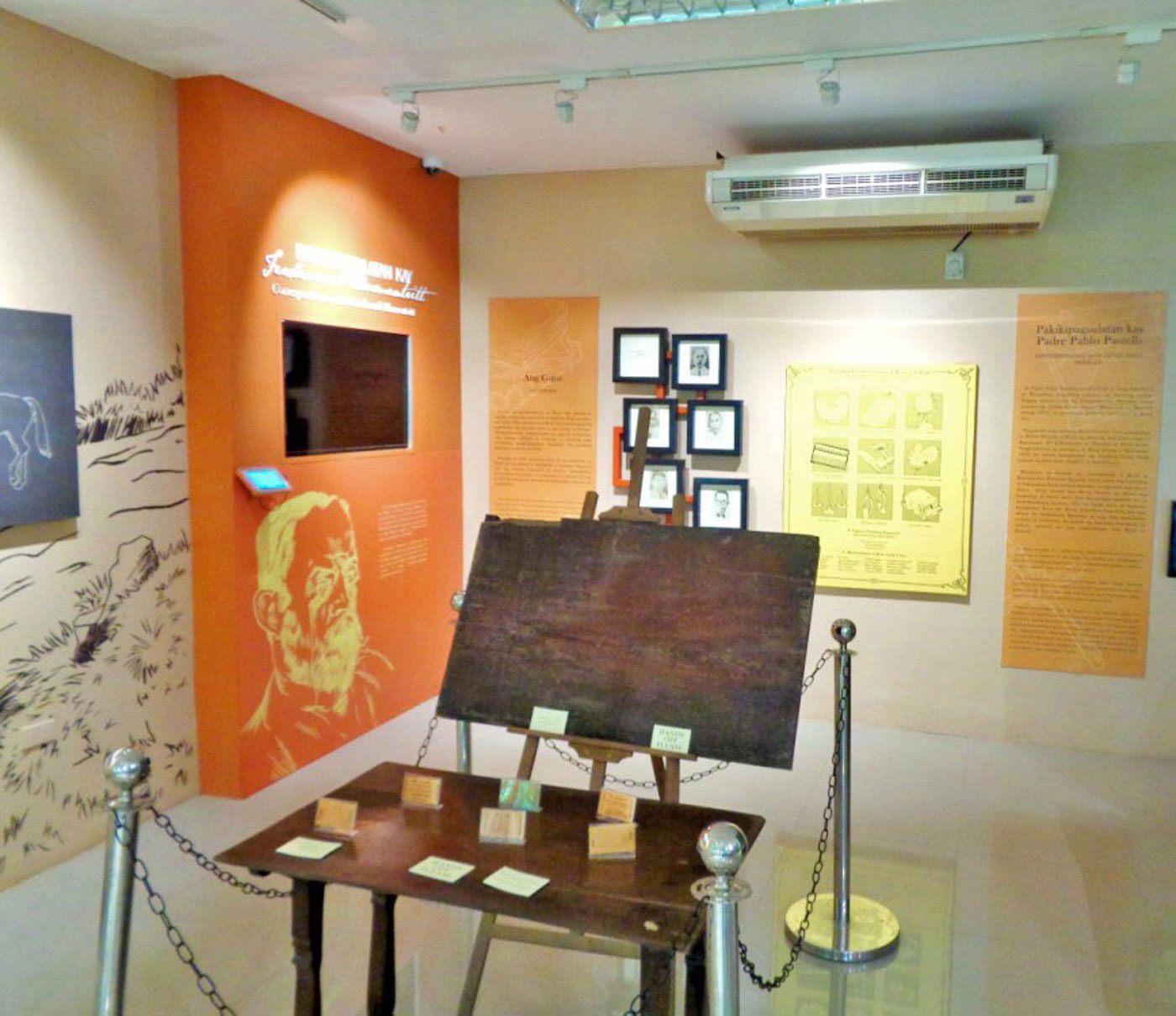
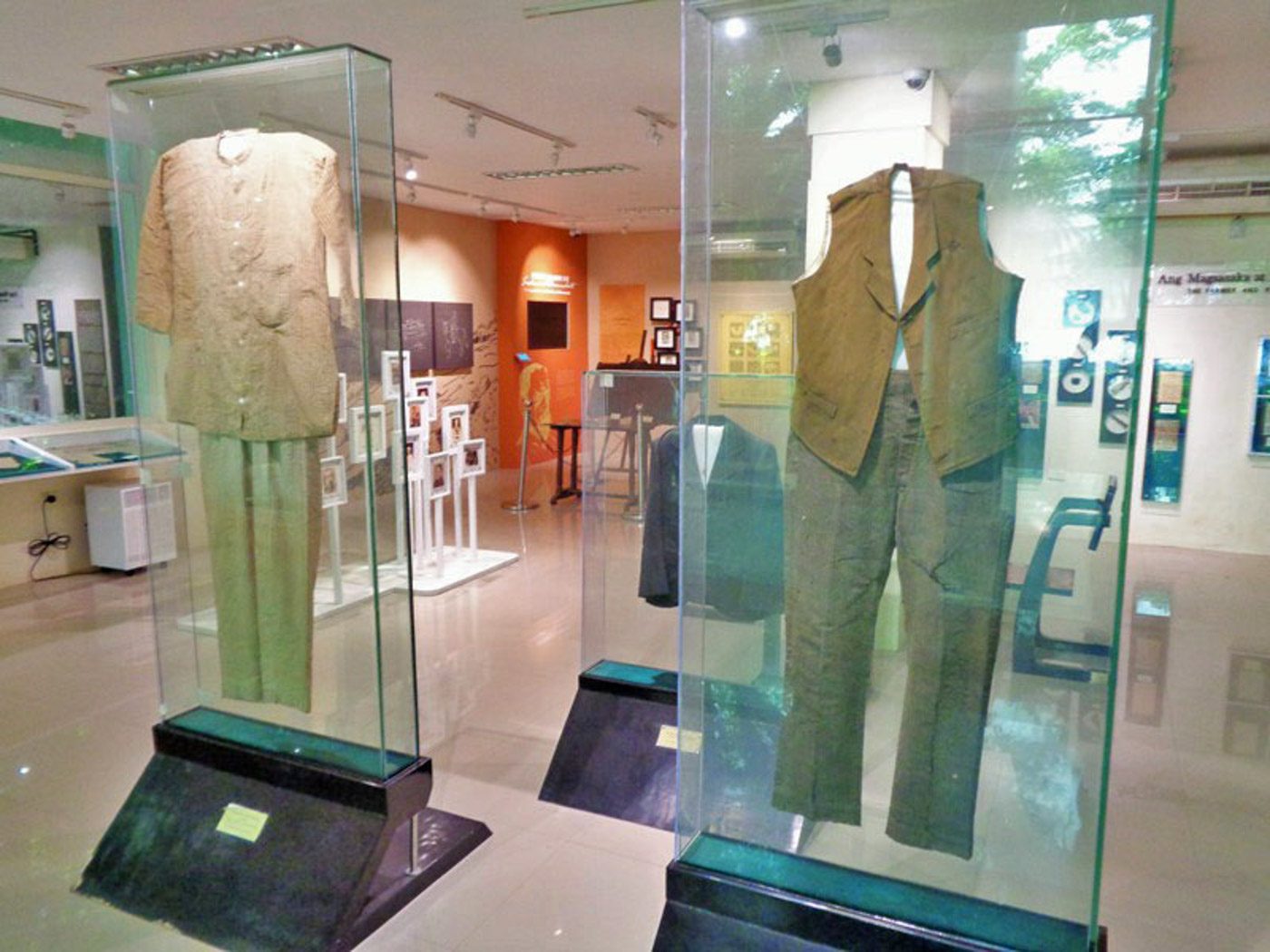
In a letter to his friend Fernando Blumentritt, Rizal described an idyllic yet full life in his home:
“From my house I hear the murmur of a crystalline rivulet that comes from the high rocks. I see the beach, the sea…I have many fruit trees – mangoes, lanzones, guyabanos, baluno, nanka, etc. I have rabbits, dogs, cats, etc. I get up early – at 5:00. I visit my fields, I feed the chickens, I wake up my folks, and start them moving. At 7:30 we take breakfast – tea, pastry, cheese, sweets, etc. Afterwards I treat my poor patients who come to my land. I dress and go to the town in my baroto, I treat the people there and I return at 12:00 and take lunch. Afterwards I teach the boys until 4:00 and I spend the afternoon farming. I spend the evening reading and studying.”

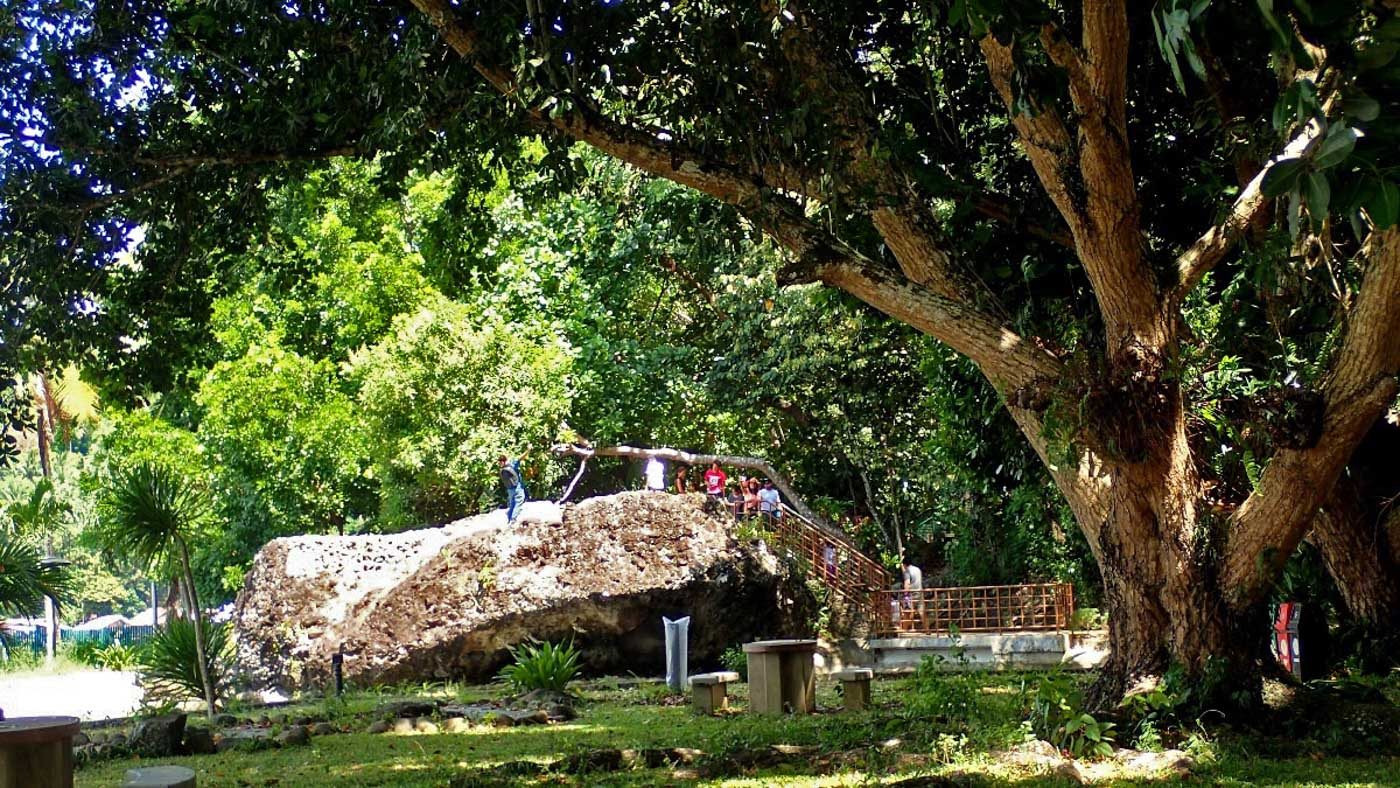
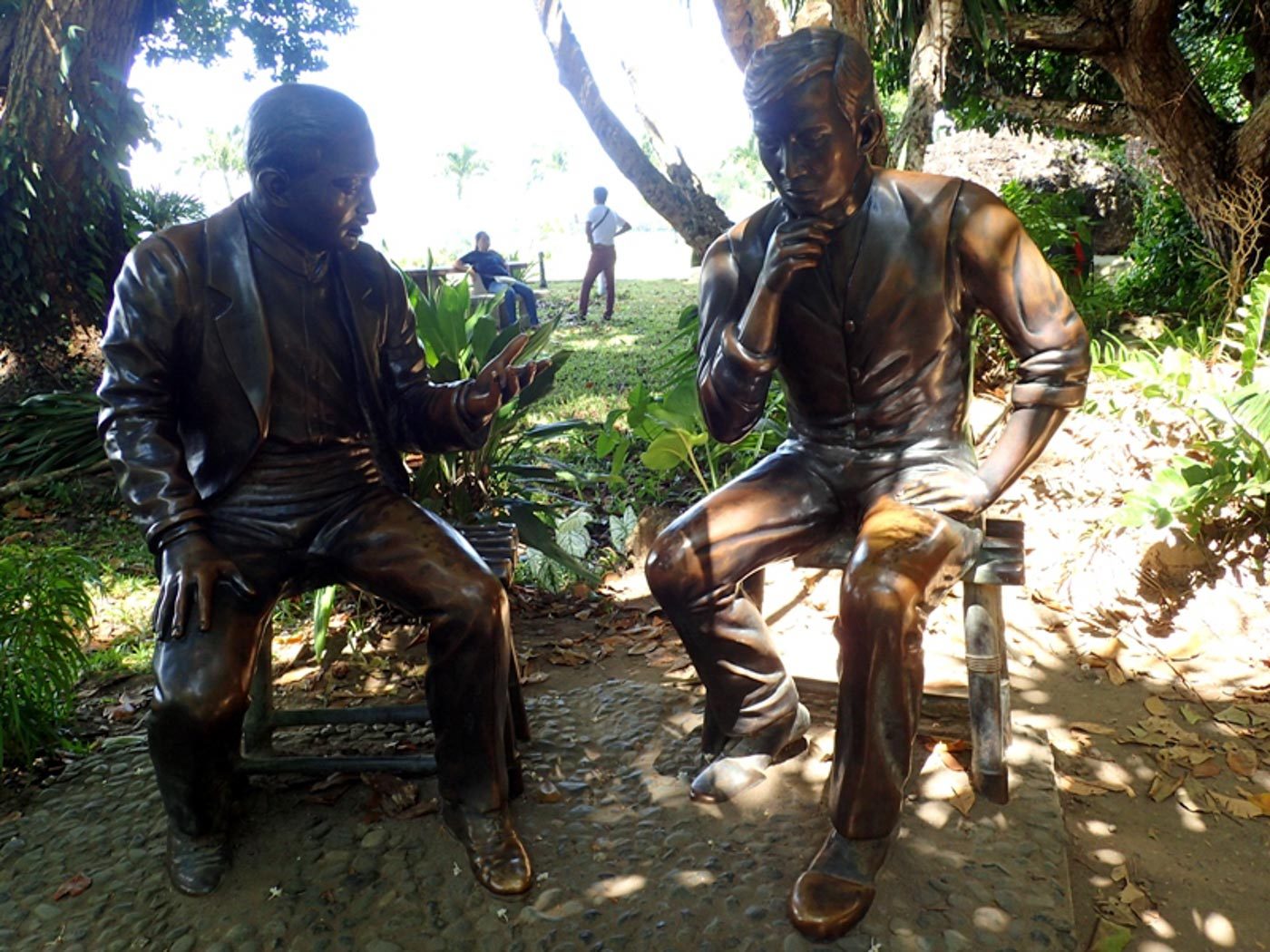
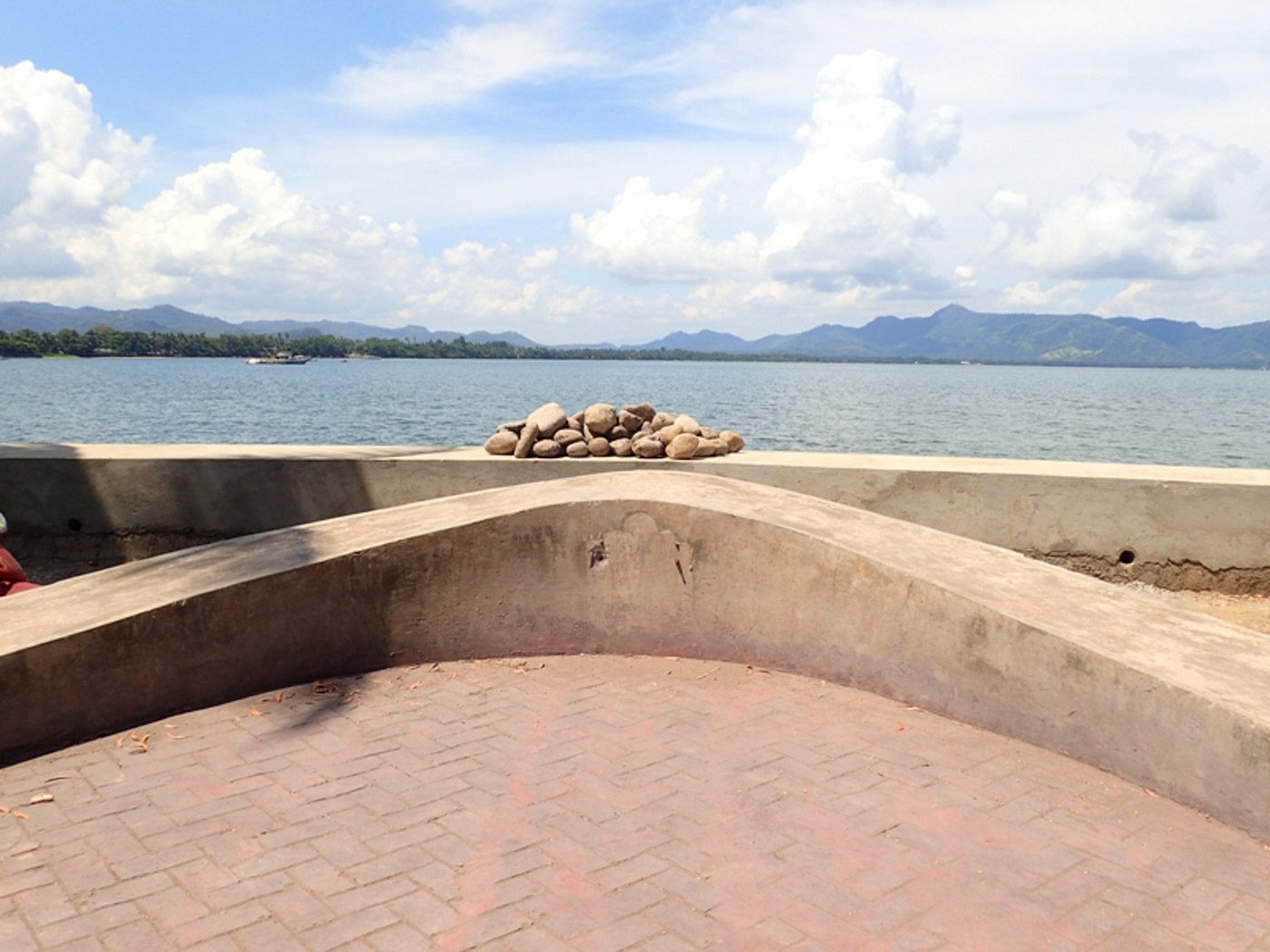
Rizal Park and Shrine is open daily, 8 am to 5 pm, while the museum is open Tuesday to Sunday, same time. Admission is free.
Rizal landing site
On the evening of July 17, 1892, Rizal first set foot on Dapitan, arriving at Sta. Cruz Beach. He rode on the steamer Cebu, along with military corps as well as prisoners, one due for execution.
From the steamer the ship captain and some artillery men accompanied Rizal to the small boat that would take him to the shore. The sea was rough, and in his account of his journey to Dapitan, Rizal described the beach as “very gloomy,” perhaps reflecting his mood about his exile.
The site at present, though, is far from gloomy as it shines with the golden monument of Rizal with the captain and the artillery men who brought him to the shore. Also, the road along the landing site is called Sunset Boulevard, as this is a good spot to watch the sunset.

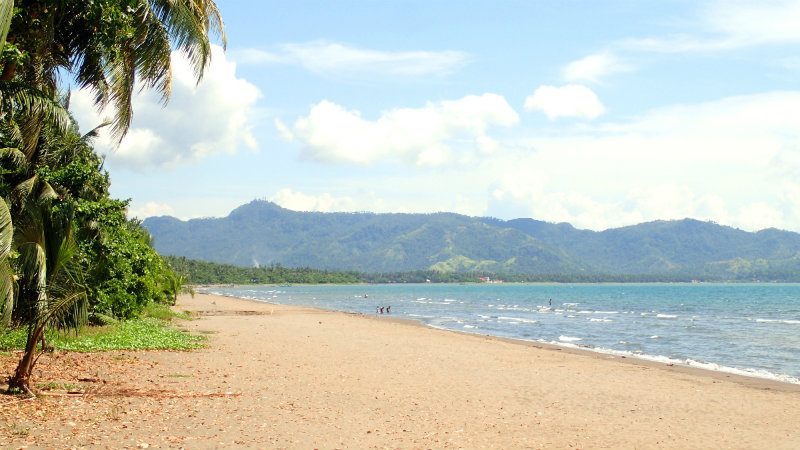
Take in the shining sculptures and walk along the beach. Wait for the sunset, if you have time. You can even stay until nightfall, the time of Rizal’s arrival.
St. James Church and Dapitan Plaza
“I am determined to do all I can on behalf of this town.” These are the words inscribed on Rizal’s immaculate white monument on the town plaza.
Indeed, Rizal did much for Dapitan, just among them remodeling the town plaza and designing a relief map of Mindanao, which also served as a teaching tool for the town’s students.
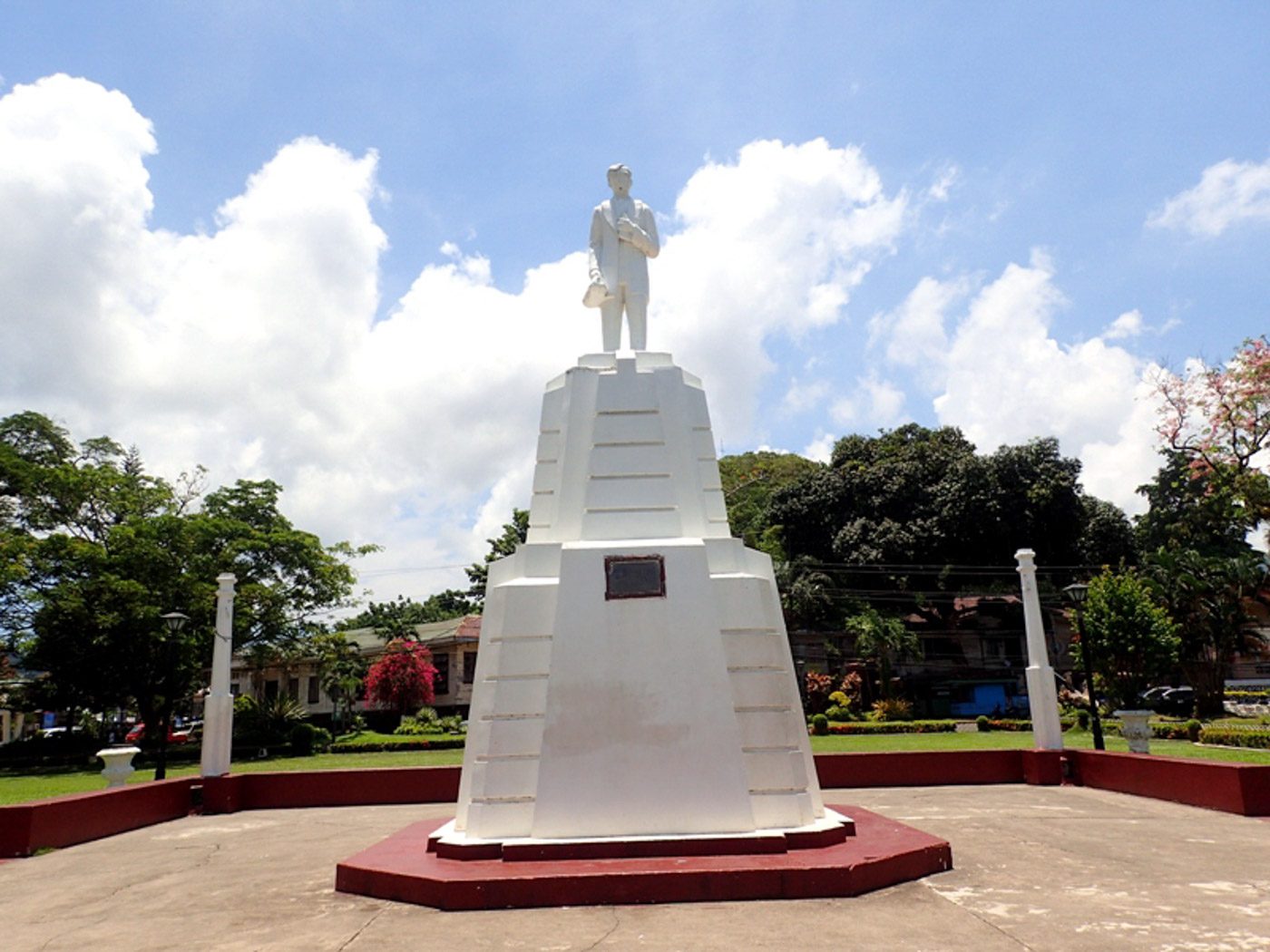
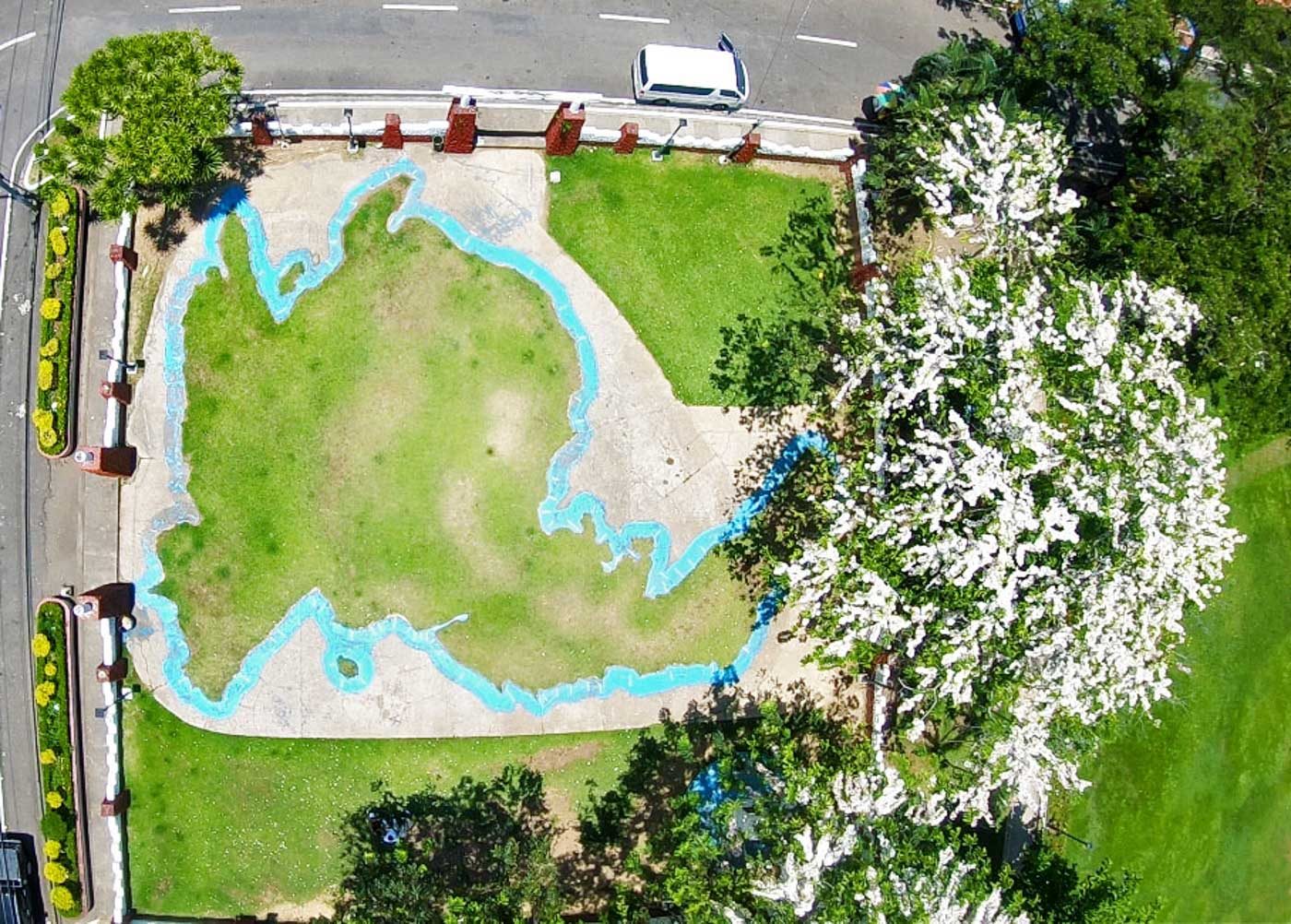
For St. James Church, which was built in 1871, Rizal painted a backdrop for the church altar inspired by a church in Barcelona. The painting was destroyed later by fire, though.
Rizal went to Mass every Sunday at St. James Church. He stayed near the entrance, as he could not go near the altar during Mass because of his excommunication from the Catholic Church. There is a historical marker for Rizal’s usual spot inside the church.
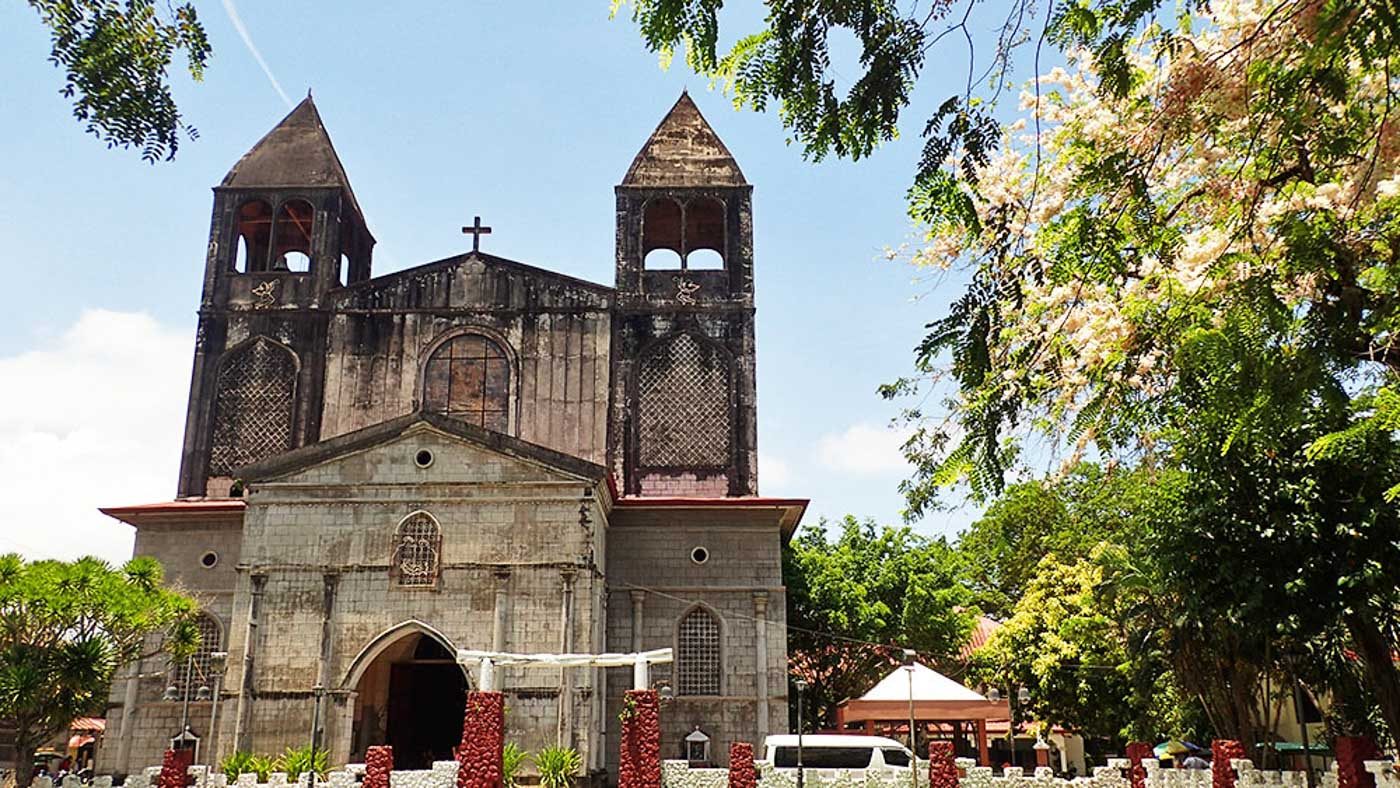
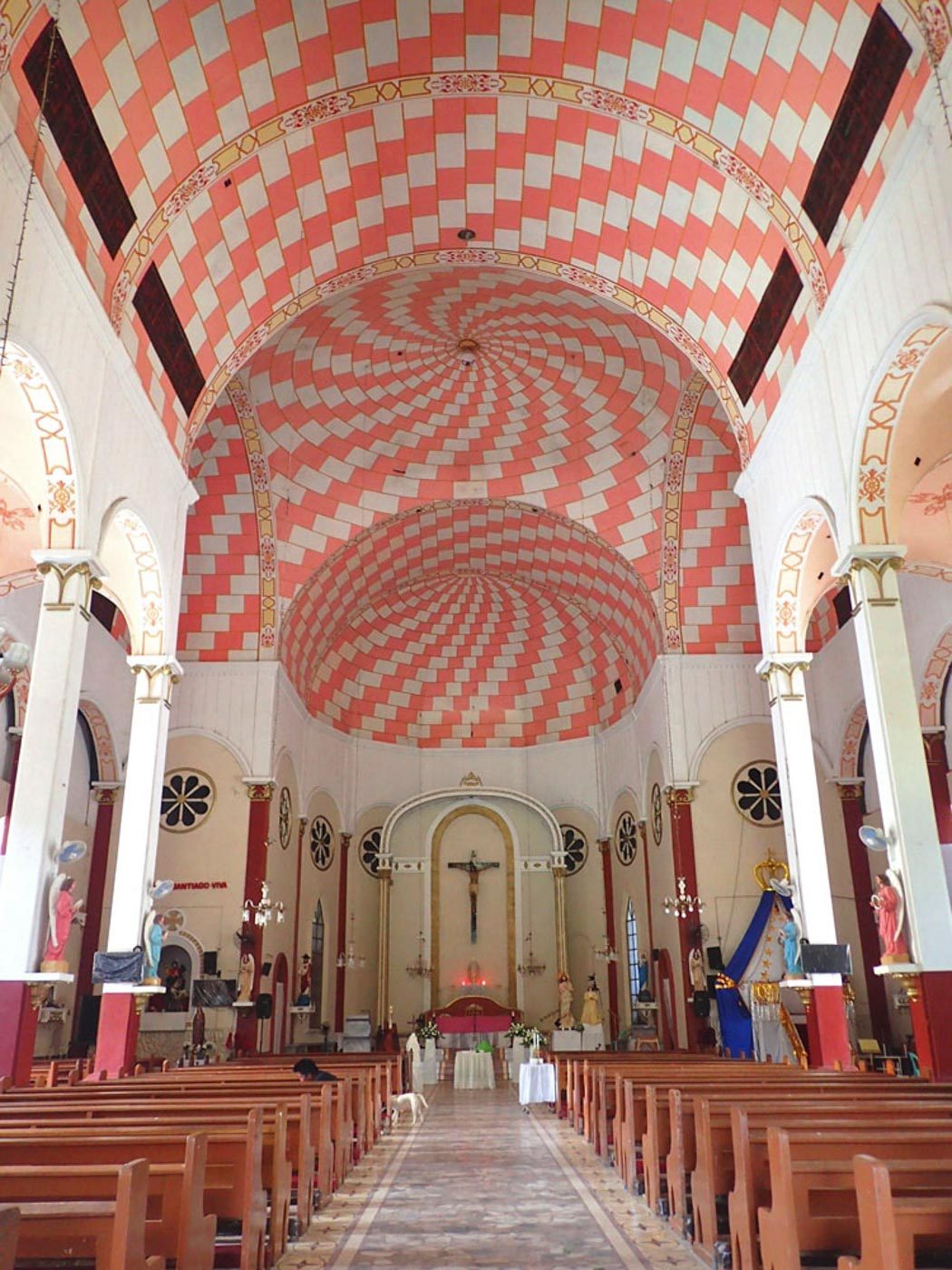
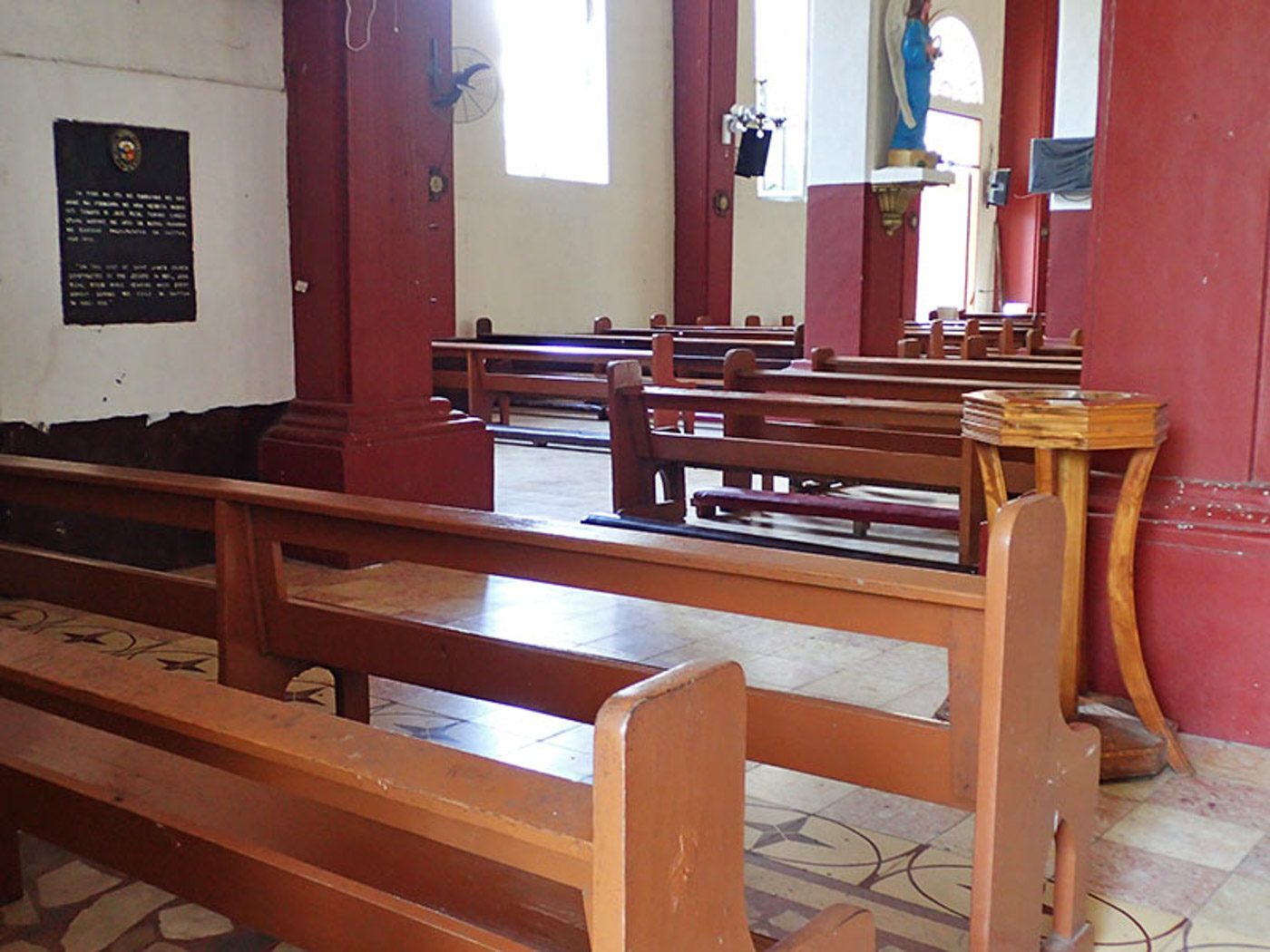
Walk around the plaza, trace the map of Mindanao with your footsteps, and stand in Rizal’s place inside St. James Church and imagine how he was then, attending Sunday Mass.
There are more Rizal spots to explore in Dapitan, though some would have to be restored, like the town’s water system Rizal designed. The places above are already enough to help you step back in time and somehow see Dapitan through his eyes.
How to get to Dapitan: Take a flight to Dipolog. From the airport, ride a tricycle to Dipolog City terminal then ride a bus or van to Dapitan. The bus and van will pass by the town plaza and church. From there you can take a tricycle to Rizal Park and Shrine, as well as to the landing site. Travel time from Dipolog is around 30 minutes or more. – Rappler.com

Claire Madarang is a writer, researcher, and documenter whose work and wanderlust takes her to adventures like backpacking for seven weeks and exploring remote islands and bustling cities alike. Follow her adventures, travel tips, and epiphanies on her blog Traveling Light and on her Instagram.
Intrigued by the beauty of Dapitan? Plan a visit now and save when you book with an Expedia coupon code.
Add a comment
How does this make you feel?
There are no comments yet. Add your comment to start the conversation.